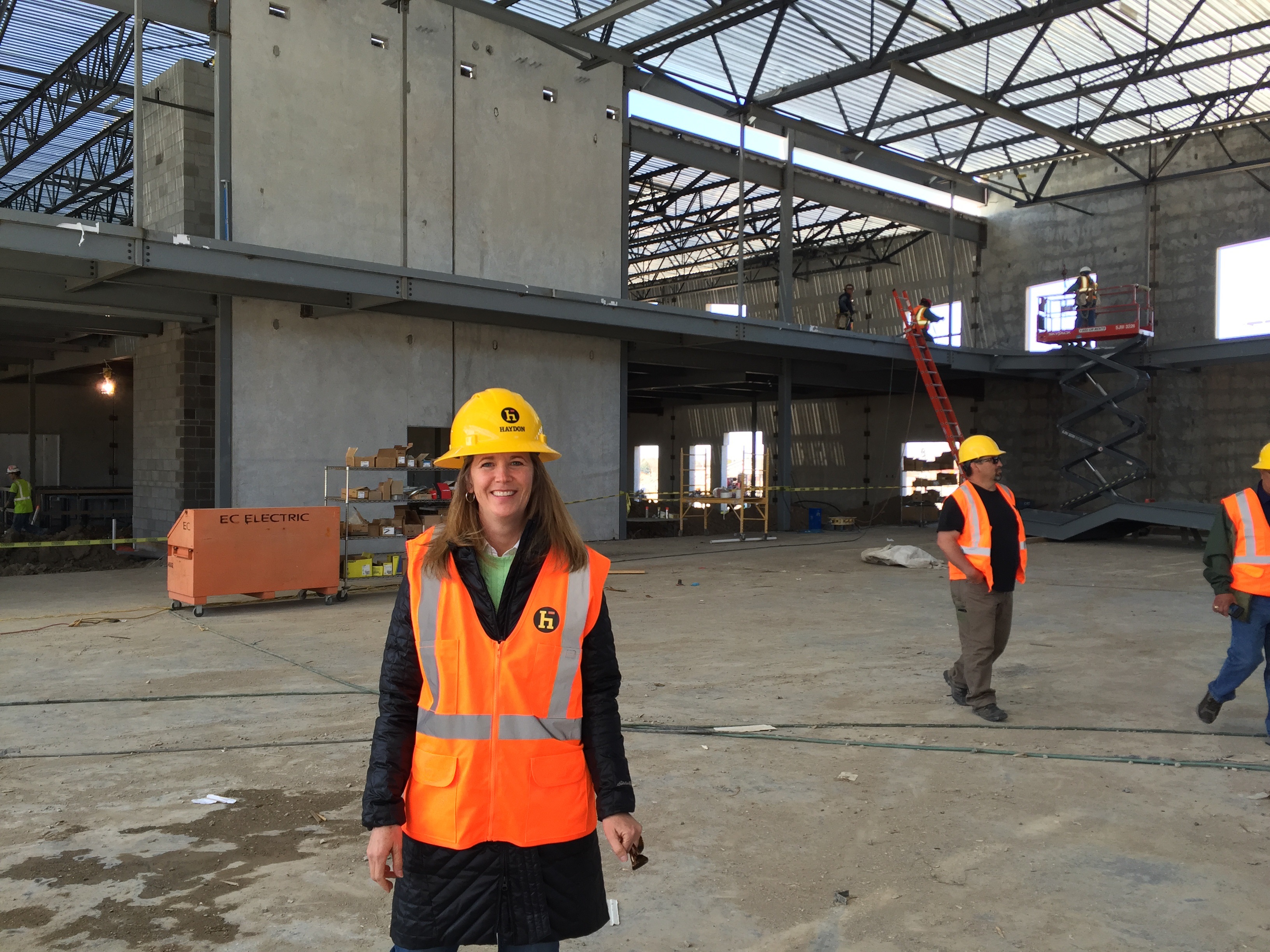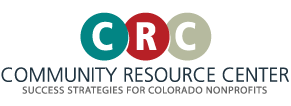The Power of Community Support in Building a Successful Capital Campaign: The Montrose Community Recreation Center
By Barbara Bynum, President of the board of directors, Montrose Recreation District
 Montrose, CO is like many rural Colorado towns, so it should be of no surprise that voters rejected a plan to increase taxes in 2012. They were being asked for an increase in taxes to build a community recreation center at an unknown location in town. The letters to the editor of the Montrose Press were divided and contentious. Opponents were skeptical that a building could be constructed on budget. Fears of expensive fees and continual tax increases were raised. “What if nobody can afford to use it? What if nobody comes?’ were constant criticisms of the project. But just five years later the newly opened Montrose Community Recreation Center is smashing expectations and the letters to the editor have a different tone, “the MCRC is absolutely the best investment we’ve ever made in our community. People come and go all day long. All kinds of people, young and old, disabled and able-bodied, people from every walk of life and every ethnicity, every size and shape.”
Montrose, CO is like many rural Colorado towns, so it should be of no surprise that voters rejected a plan to increase taxes in 2012. They were being asked for an increase in taxes to build a community recreation center at an unknown location in town. The letters to the editor of the Montrose Press were divided and contentious. Opponents were skeptical that a building could be constructed on budget. Fears of expensive fees and continual tax increases were raised. “What if nobody can afford to use it? What if nobody comes?’ were constant criticisms of the project. But just five years later the newly opened Montrose Community Recreation Center is smashing expectations and the letters to the editor have a different tone, “the MCRC is absolutely the best investment we’ve ever made in our community. People come and go all day long. All kinds of people, young and old, disabled and able-bodied, people from every walk of life and every ethnicity, every size and shape.”
How did this rural tax-averse community get from 2012 to 2017? What changed and how? The unsuccessful vote in 2012 forced the District to critically evaluate and retool the plan. “We appreciate our skeptical voters,” says Montrose Recreation District Executive Director, Ken Sherbenou. “They have high expectations for their tax dollars and that necessitated that a strong plan come from us.”
In the year following the failed vote, there were specific actions that the Recreation District took to earn the trust of voters. The District purchased 26 acres in December of 2012 and were finally able to place the proposed community center on the map. Suddenly the concept design had a home. Next the District was able to follow through on promises to become a Silver Sneakers facility. This designation would allow many seniors use of the proposed facility for free.
The District’s hard work resulted in community support from the City of Montrose, the chamber and the local newspaper. Prominent individuals within the community also publicly announced their support for the revised plans. These endorsements were critical to turning the tide of community support.
But most importantly the Montrose Recreation District recognized the need for a Recreation Foundation that would focus on building relationships between the District, foundations and individual donors. These funders and philanthropists would ultimately play a key role in the new community recreation center and its success.
recognized the need for a Recreation Foundation that would focus on building relationships between the District, foundations and individual donors. These funders and philanthropists would ultimately play a key role in the new community recreation center and its success.
The newly created foundation was tasked with focusing primarily on the capital needs of the proposed new facility and, secondarily, with increasing the existing scholarship fund. Those who have worked on large capital projects know that there is often a perception in the general public that projects can be built entirely with grants. The Recreation District and the Recreation Foundation set a capital campaign goal of $2.7 million, roughly ten percent of the project’s total budget. Communicating to the public that every effort would be made to leverage local taxes with grants and donations, but that local support through a yes vote would be key to unlocking grant funding was a key goal of both organizations.
Community Resource Center’s (CRC) 2013 Rural Philanthropy Days conference provided the platform for the organizations to successfully grow the capital campaign. Dedicated volunteers committed to attending the program and began the process of building critical relationships in the summer of 2013. The Montrose Community Foundation agreed to be the fiscal sponsor to the Recreation Foundation, with the District lending its support as well.
Right location. Right time. Right plan. With the pieces in place, the campaign to increase local sales tax by .3% (from 3.0% to 3.3%) charged forward. If passed, the taxes would flow through the City of Montrose to the Montrose Recreation District for the specific purpose of building a community recreation center. These taxes would be used in conjunction with existing property tax revenue to service the debt on the $25.5 million dollar loan.
 On April 1, 2014 voters demonstrated their satisfaction with the new proposal by voting yes to an increase in local sales tax.
On April 1, 2014 voters demonstrated their satisfaction with the new proposal by voting yes to an increase in local sales tax.
Working with their architecture team, the District designed a building that would deliver on the campaign promise for a center with multiple pools, racquetball courts, basketball courts, fitness areas, a climbing wall, and additional amenities. But the District knew that in addition to the money raised through taxes, a successful capital campaign would allow for key expansions to the plan. In the “Enhanced Plan” the District envisioned a larger lap pool to satisfy the demand for pool space. Additionally, expanding the gymnasiums from two to three courts would allow for more programming space and the ability to serve drop-in patrons. An expanded gym meant an expanded walking track as well. The District also seized the opportunity to provide solar heating for the pools as part of the enhanced plan.
In November 2014, the architect team huddled with the District’s construction team to pour over drawings for the building. On the table were two sets of drawings. One showed the building as promised to voters and funded by taxes, the other showed the additional features of the enhanced plan for which the District hoped to raise money. It was time to focus on one plan or the other. As if on cue, a phone call from the Daniels Fund brought good news. The grant application for $500,000 was approved. A $1.9 million dollar grant from DOLA quickly followed. With a belief that the remaining capital campaign funds could be raised, the District instructed the architects to go forward with the enhanced plan.
 In January 2017, the new Montrose Community Recreation Center opened its doors. On the free-admission Grand Opening weekend, 11,000 people came through the center’s doors, silencing any concern about a lack of potential users. The District was able to complete construction on budget while sticking with the proposed user fee structure presented during the campaign. With solid financial stewardship of taxpayer dollars, the District was also able to lower the property tax mill for 2017. After eleven weeks of operations, the Recreation District is still feeling the honeymoon glow of the new center. The community has embraced the center and is appreciative of the extra space provided by funding from key foundations and donors who supported the goal of building a center that would meet the community’s needs now and for the immediate future. In the end, the Community Recreation Center is certainly an excellent example of the ways in which grants and donations can bring added value to a project supported by local tax dollars.
In January 2017, the new Montrose Community Recreation Center opened its doors. On the free-admission Grand Opening weekend, 11,000 people came through the center’s doors, silencing any concern about a lack of potential users. The District was able to complete construction on budget while sticking with the proposed user fee structure presented during the campaign. With solid financial stewardship of taxpayer dollars, the District was also able to lower the property tax mill for 2017. After eleven weeks of operations, the Recreation District is still feeling the honeymoon glow of the new center. The community has embraced the center and is appreciative of the extra space provided by funding from key foundations and donors who supported the goal of building a center that would meet the community’s needs now and for the immediate future. In the end, the Community Recreation Center is certainly an excellent example of the ways in which grants and donations can bring added value to a project supported by local tax dollars.

